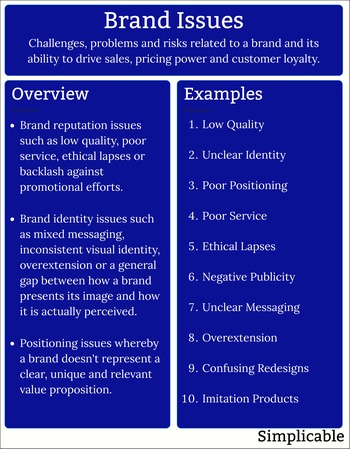
Sizes
A movie theater sells small popcorn for $4 and large for $8. The theater notices that most customers choose the smaller portion so they introduce a medium popcorn for $7. This makes the large popcorn look like a relatively good deal and dramatically boosts demand for the more expensive size.Subscriptions
A streaming media service has a basic plan for $10 and a premium plan for $20. The premium plan doesn't sell well so they introduce a platinum plan for $27 that is almost identical to the premium plan. This makes the premium plan look like a relatively good deal and may influence more customers to go beyond the basic plan.Upgrades
An automaker offers upgraded premium seats for $2000 and finds that few customers order them. They restructure this offer with premium seats for $2000 and budget seats of a different color for $1650. This makes the premium seats look like a relative value as opposed to paying $1650 for nothing more than a color change.Negotiation
A job candidate rejects a salary offer for $87,000 for a full time position. The employer comes back with an offer for the candidate to work part-time for $30,000. This reduced offer makes the original offer look better and the employee bids $90,000 for full time, very close to the original offer.Overview
The decoy effect is an influencing technique that involves giving people relatively poor choices in a list of options in order to encourage them to make a particular choice that is designed to look relatively attractive.
| Summary: Decoy Effect | ||
Type | ||
Definition | The tendency for the presence of bad choices in a list of options to influence people to quickly choose the relatively good choices in the list and to be happy and confident about this choice. | |
Related Concepts | ||



























